|
If you have a well stocked pantry, you're never short of a tasty meal. We bring you a recipe that you can bring together in under 30 mins with staples like pasta, nuts and dried herbs.
As our collection of indigenous spices has grown over the years we have loved experimenting with flavours, creating new dishes and putting a fresh spin on old ones. My recipe for spaghetti with lemon myrtle, Tasmanian pepperberries, saltbush and macadamias is a celebration of Native Australian flavours. I've also included Australian pepitas, which - much like pepperberries - are taken to the next level of taste and texture when toasted. Crunchy garlic croutons are a moreish nod to the Italian inspiration, while a generous splash of lemon juice and our vibrant, NSW-produced Tawari Grove Olive Oil brings it all together. The result tastes both modern and traditional, complex but simple, sharp and zesty yet comfortingly familiar.
0 Comments
A while ago we shared our two ingredient flatbread recipe, and it continues to be one of our most popular. Today we meet its chickpea cousin, the Besan Wrap.
Is it a wrap? Is it a crepe? Is it a tortilla? Yes! It's all of these things. It's also vegan, gluten free, versatile and very simple to make. There are a couple of optional ingredients that you can add for flavour - feel free to experiment with different spices to suit both your palate and the fillings you want to add to your wraps. The filling I'm sharing with you is Crunchy Roasted Black Eyed Beans. While crunchy Roasted chickpeas get plenty of attention, other Beans tend to get left out, even though they roast beautifully and make a delicious snack or hearty filling with a difference. If you're looking for a fuss-free meal that makes you feel cosy and snug in a snap, this dish is for you. Buttered pasta is a favourite at our house, and it's one of the first things my children learned to make on their own.
Think of it as the butter version of the Italian Aglio e Olio (spaghetti with olive oil and garlic). It has just 5 ingredients and minimal prep. While we tend to use spaghetti or linguine for this dish, I wanted to take our new organic penne pasta out for a spin, and it works beautifully! Recipes I find invaluable to have in my repertoire are the simple, speedy ones that I can seemingly pull from thin air with next to no time and effort, yet really deliver big flavour.
This is a simple, lively dish that can be enjoyed as a snack, light supper, brunch or lunch. Slices of salty halloumi are dusted with our own in-house BBQ spice blend, grilled til golden and drizzled with honey spiked with fiery chilli. The result is salty, sweet, smokey and delicious! I'm sure you've noticed that the Hot Honey trend has really been heating up (I couldn't resist) over the last year or so. Everyone loves a condiment, and boy has this trend of adding chilli to honey exploded! And it's understandable. The combination of spicy chilli and sweet, rich, sticky honey is truly delectable. We love how easy it is to make: literally stir some chilli flakes or powder through honey, and it's ready to be added to chicken wings, pizzas (seriously, try it!), oven-baked brie, roast veg, salad dressings and stir-fries. For a delicious vegan alternative try using maple syrup instead of honey - the chilli pairs with it beautifully. There's a lot to love about Italian food, and undoubtedly one of those things is their commitment to carbs. It was Italians after all who invented panzanella, i.e. bread salad, and for this I salute them every summer. Many Italian dishes involve a combination of carbs - pizza Bianca with thin slices of potato, or pasta mollicata which is spaghetti with fried breadcrumbs,
Minestrone traditionally involves almost every form of carb imaginable - pasta, beans, potato and bread - and that might be why it's such a crowd pleaser. It's also a dish that's easily tailored to suit individual tastes and needs. It’s simple, for instance to keep it vegetarian or add meat, and you can swap out the macaroni for gluten free fusilli if needed. I omit potato in this recipe, and add a couple of less traditional touches like parmesan rind and herb oil. I’m sure that with some tinkering, you too can personalise it for yourself. Why use dried beans instead of canned? If you’re short on time or forget to soak dried beans in advance (see next paragraph about prepping extra!), you can of course use canned beans. You’ll need 2 cans for this recipe. But there are benefits to using dried. Generally, dried beans deliver a better texture and flavour than canned. You can control the seasoning and saltiness as well as making sure they aren’t overcooked and mushy. Also, they’re cheaper, lighter to lug home and take up less pantry space. Finally, here’s a tip that we’ve talked about in previous recipes: soak and cook double the amount of cannellini beans required, then freeze them in a well-sealed bag or container. I freeze mine in a ziplock bag in a thin brick shape which makes it both easier to fit in the freezer and makes it a cinch to break apart for a speedier defrosting. Having precooked beans in the freezer is the handiest thing, and Future You will be so thankful. We love this minestrone. I hope you enjoy making it and eating it as much as our family does! |
Categories
All
Archives
January 2024
|

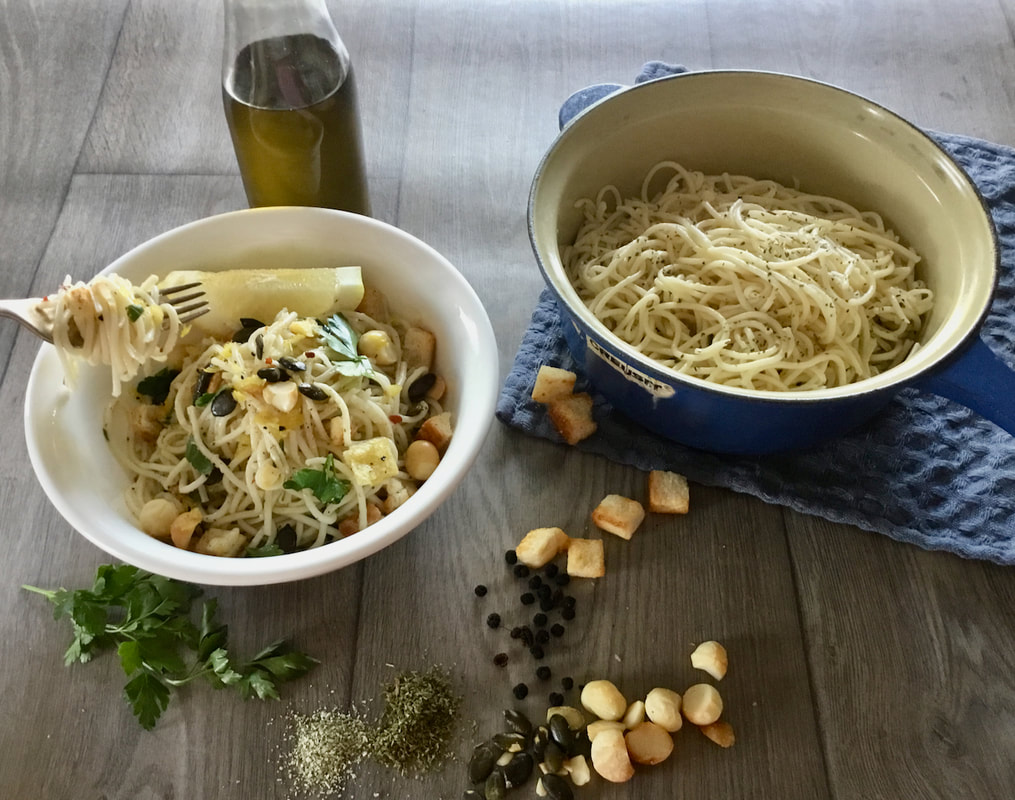
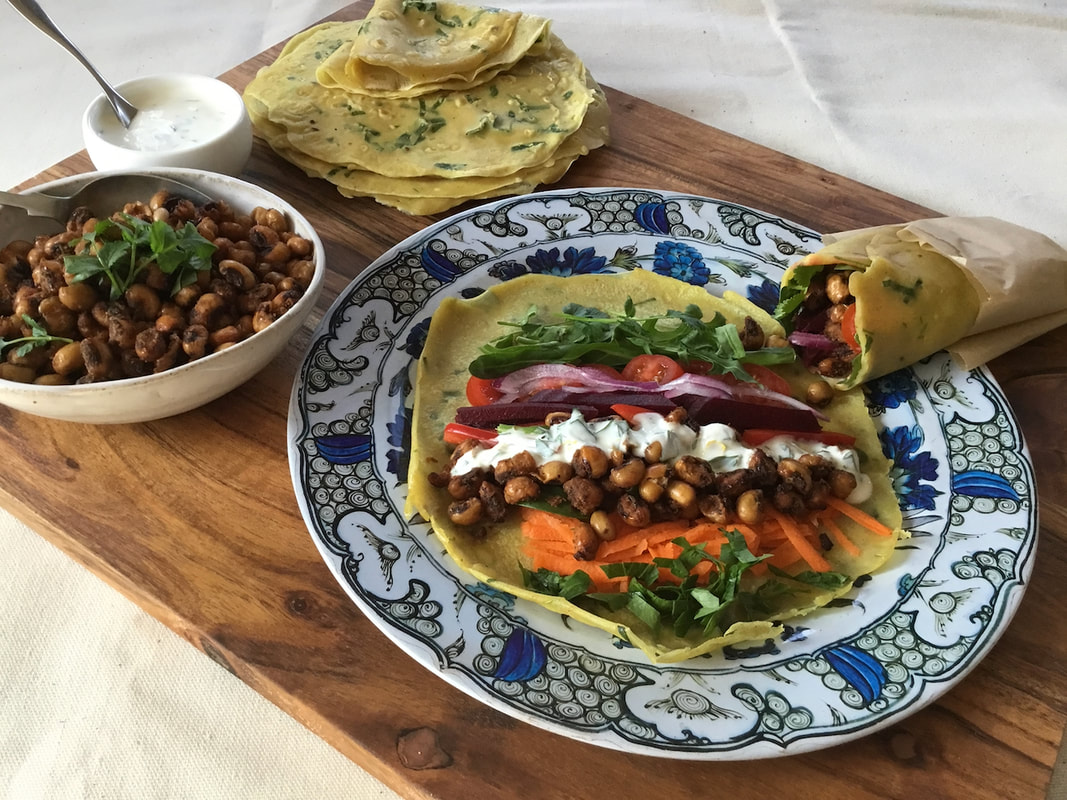
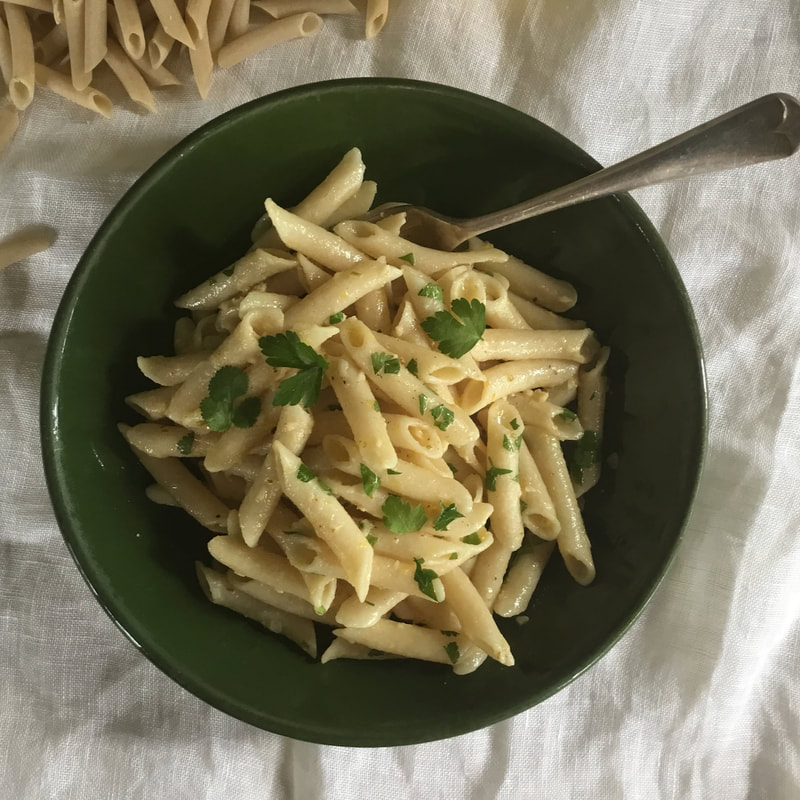
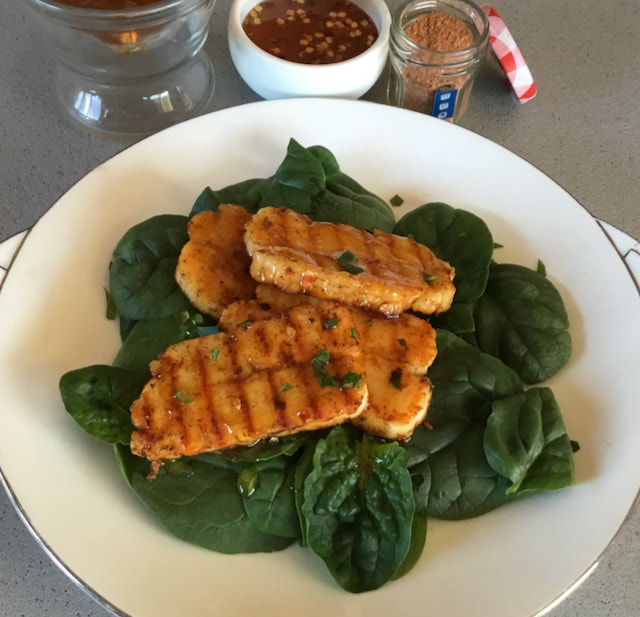
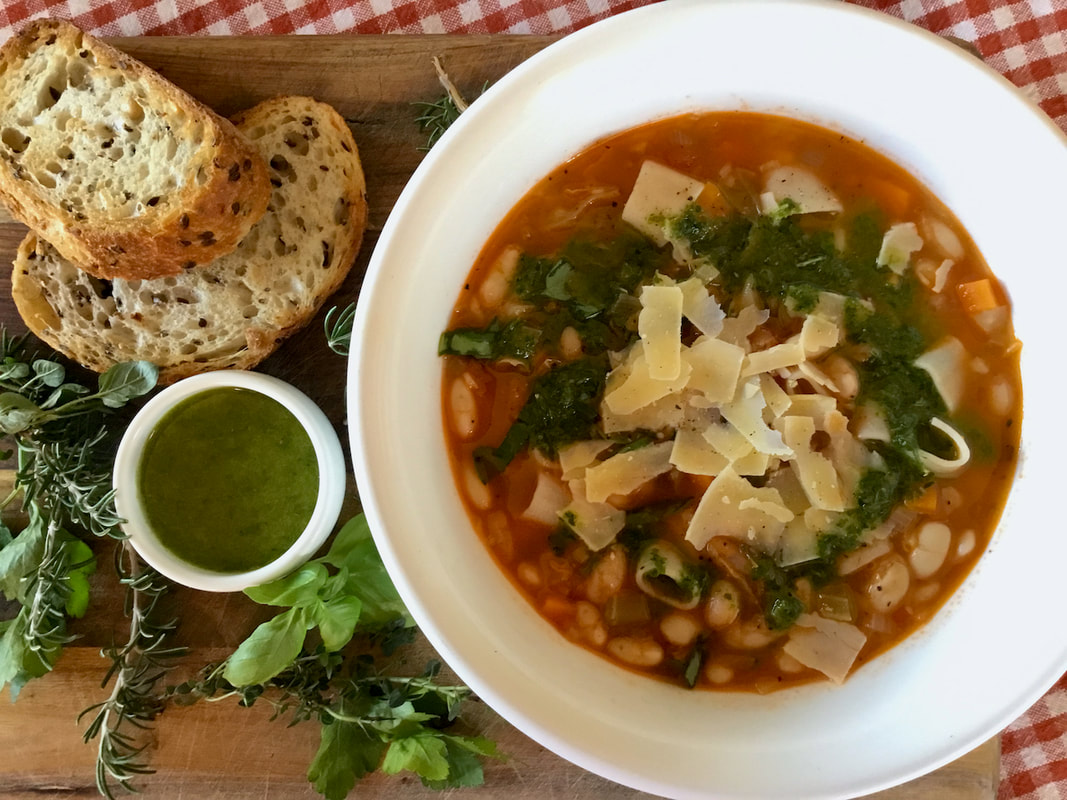
 RSS Feed
RSS Feed